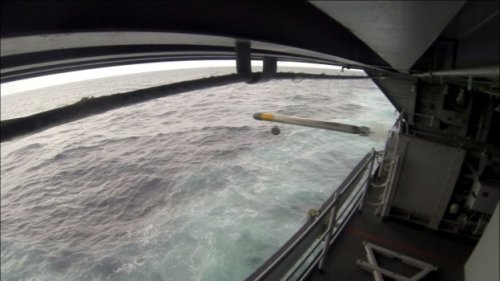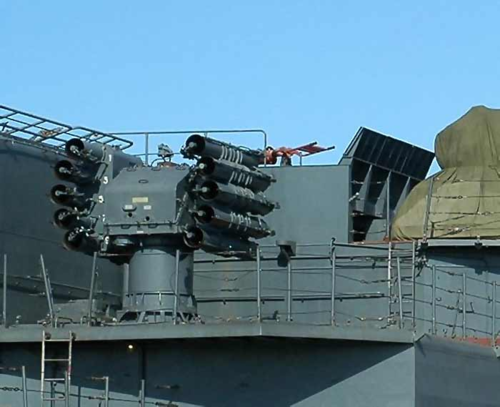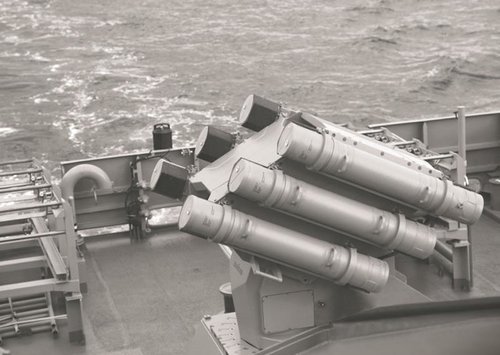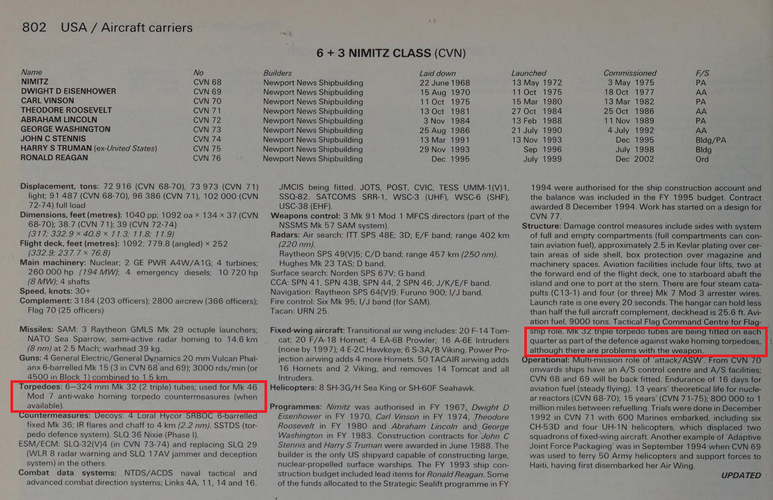moonbeamsts
ACCESS: Restricted
- Joined
- 5 March 2010
- Messages
- 44
- Reaction score
- 11
Greetings
I found a article showing USN testing a ANTITorpedo system this last June.
It is based on the MK-46 and a towed array. The USN wants to deploy on Large Ships I.E.
CV, LHA, possible supply ships due no asw defence. http://news.usni.org/2013/06/20/navy-develops-torpedo-killing-torpedo
JMoon
exsts/ss ssns'719,701,717
I found a article showing USN testing a ANTITorpedo system this last June.
It is based on the MK-46 and a towed array. The USN wants to deploy on Large Ships I.E.
CV, LHA, possible supply ships due no asw defence. http://news.usni.org/2013/06/20/navy-develops-torpedo-killing-torpedo
JMoon
exsts/ss ssns'719,701,717
Attachments
Last edited by a moderator:





